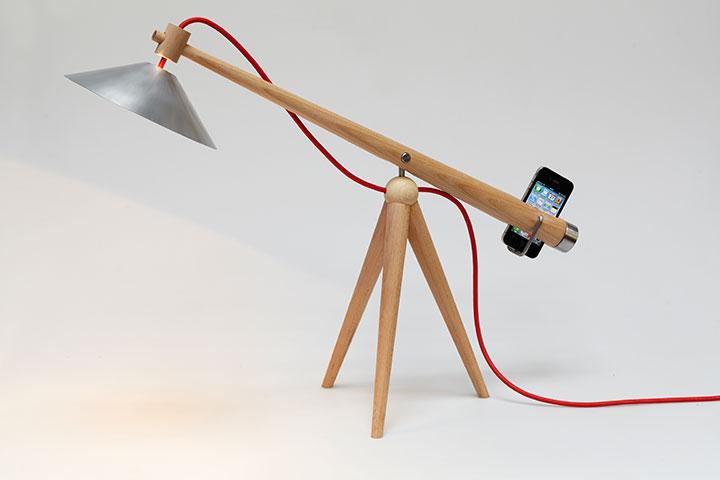
Admit it – your brain is stupid sometimes. Even in the face of clear-cut deadlines for important things like work and school, your miserable hunk of skull-meat always seems to find a way to rationalize just one more game of Candy Crush, one more round of Words With Friends, or one last shameless Snapchat selfie. It’s ridiculous, but with so many things competing for our attention these days, it’s no wonder we sometimes have trouble staying focused.
The obvious solution to this problem is simply shutting your phone off while you work. But since that’s out of the question for for many of us, the next best thing is usually just putting it down. Getting the phone out of your hands and taking the world’s information away from your fingertips works wonders for productivity, so designer Weng Xinyu designed a clever device that compels the user to do just that.

Sure, there are a few holes in the idea. (What if you work in a room that’s already well-lit, or do everything on a laptop?) But if used in the right conditions, this lamp could be an effective barrier between you and your distraction-packed smartphone. Unfortunately you can’t buy one just yet, and we have no idea if they’ll ever be mass-produced, but replicating Xinyu’s simple design might not be out of reach for you intrepid DIYers.
Find out more on Weng’s website.




